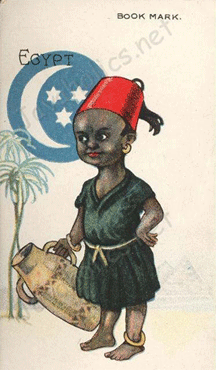
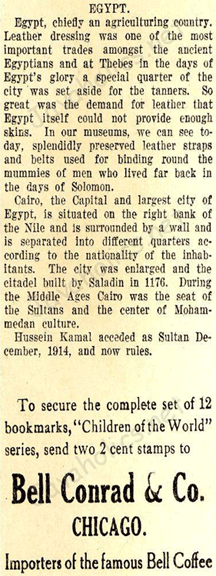
For Mocha Musings #4, click here.


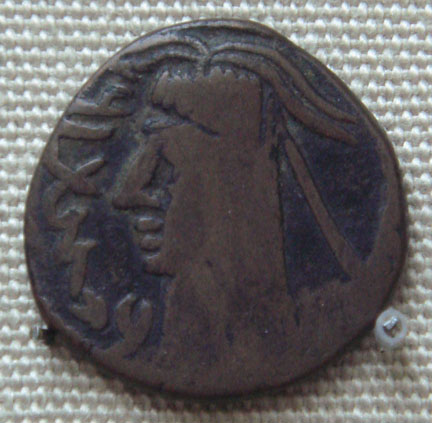
Sogdian coin, 6th century AD, British Museum
The Middle Eastern and Central Asian Studies Program at Hofstra University will be hosting a day-long workshop on “Early Iranian and Central Asia Numismatics: In Memoriam Boris Kochnev (1940-2002).” The program will be held in CV Starr Hall, room 109 on Sunday, April 18 from 11:00 am – 5:00 pm. Details of the program are provided below. For more information, please contact Prof. Aleksandr Naymark
Preliminary program
Session I
11:00 am – 12:30 pm
Michael Bates
(American Numismatic Society, New York, USA)
Surprises from Arab/Sasanian Fars, 640-710
Stefan Heidemann
(Jena University, Germany – Bard College Graduate Center, New York, USA)
A New Iranian Mint for Drahm in Sasanian Style: Isbahan
Konstantin Kravtsov
(Hermitage Museum, Sankt-Petersburg, Russia)
Semidrachms of Farrukhan the Great in the Collection of the State Hermitage Museum Continue reading Iranian and Central Asian Numismatics
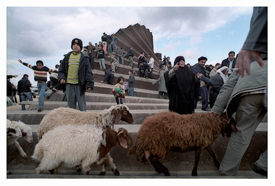
Escape from Gaza by Karim Ben Khelifa
On Tuesday, April 13, photojournalist Karim Ben Khelifa will be speaking at Hofstra University on “Picturing Palestine: Gaza and the West Bank.” This will be held in 201 Barnard Hall from 9:35-11 am. The event is sponsored by the Middle Eastern and Central Asian Studies Program at Hofstra.
For more information, contact Professor Varisco at daniel.m.varisco@hofstra.edu.

The BBC has an interesting video available online on the popular Emirates television show take-off on “American Idol” but for poets speaking Arabic. Among the final contestants was Hissa al-Hilal, whose frank response to sexist clerics has made her a household name despite being under almost a full hijab. If you think poetry does not pay in this part of the world, think again. The winner walked away with about 1.4 million dollars and Hissa earned 817 thousand dollars. She apparently won the votes of the panel of critics, but lost out to the audience.
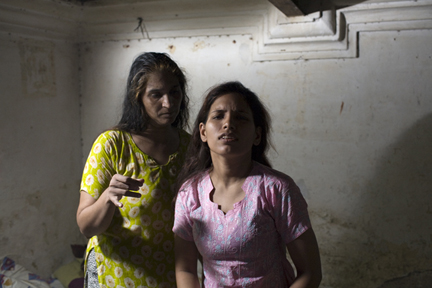
Photograph in a brothel in Pakistan by Kate Orne
Prostitution in Pakistan? Yes it exists, despite the most dire consequences if discovered. Photographer Kate Orne has been documenting the underworld of Pakistani prostitution since 2005 and has formed a website to bring attention to the plight of these women. Prints can be purchased at the website with benefits going to two schools for children and a clinic. Check out the presentation and gallery at http://www.mayyouneverbeuncovered.org/
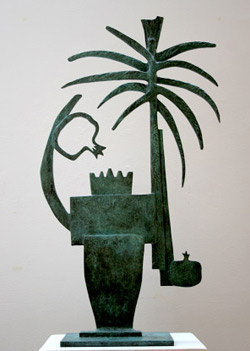
Drinking Juice, 2003
Bronze Cast by Oded Halahmy
The following upcoming events are scheduled for the Pomegranate Gallery in Manhattan:
WHITE MASKS: Elias Khoury’s remarkable novel of the Lebanese civil war
Book signing and Reception
Thursday, April 15th, 2010, 6:30 to 8:30 p.m.
“No Lebanese writer has been more successful than Khoury in telling the story of Lebanon…Khoury is one of the most innovative novelists in the Arab world.†Washington Post Book World
SWEET DATES IN BASRA: A new novel by Jessica Jiji
Book signing and Reception, with live Middle Eastern music
Thursday April 29th, 2010, 6:00 to 9:00 p.m.
“In this story of love and search for identity, Jessica Jiji succeeds fully in capturing passions, depth of feeling, and strong relationships beyond ethnic and religious differences.†– Naim Kattan, author of Farewell Babylon
REMEMBERING BAGHDAD: An Evening of Iraqi Music, with Yair Dalal, Omar Bashir and Erez Mounk
Saturday, May 1st, 2010, 7:00 p.m. Continue reading Fruitful Picks at the Pomegranate Gallery
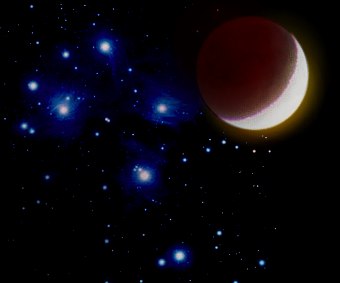
The Pleiades Conjunction Calendar
One of the indigenous calendars from the Arabian Peninsula is based on the monthly conjunction of the Pleiades with the moon. The moon conjuncts with the Pleiades about once every 27 1/3 days. This conjunction was visible monthly from autumn through spring and occurred about the same time each year; thus it coincided with the main parts of the pastoral cycle on much of the Arabian Peninsula. According to Abû Laylî (in al-Marzûqî 1914:2:199), these conjunctions began at the time of the autumn wasmı rain. This observation is still found among contemporary Sinai Bedouins (Bailey 1974:588). Ibn Qutayba (1956:87) noted that when the moon conjuncts with the Pleiades on the fifth day of the lunar month, winter goes away. The new moon coincides with the Pleiades during the month of Nîsân or April during the naw’ of simâk. This was considered to be one of the most fortunate star movements in the sky, perhaps because of its unique annual character. Shortly thereafter the Pleiades disappears from view at the start of the heat. Continue reading Islamic Folk Astronomy #5

Today at Hofstra hear a panel on Islamophobia.